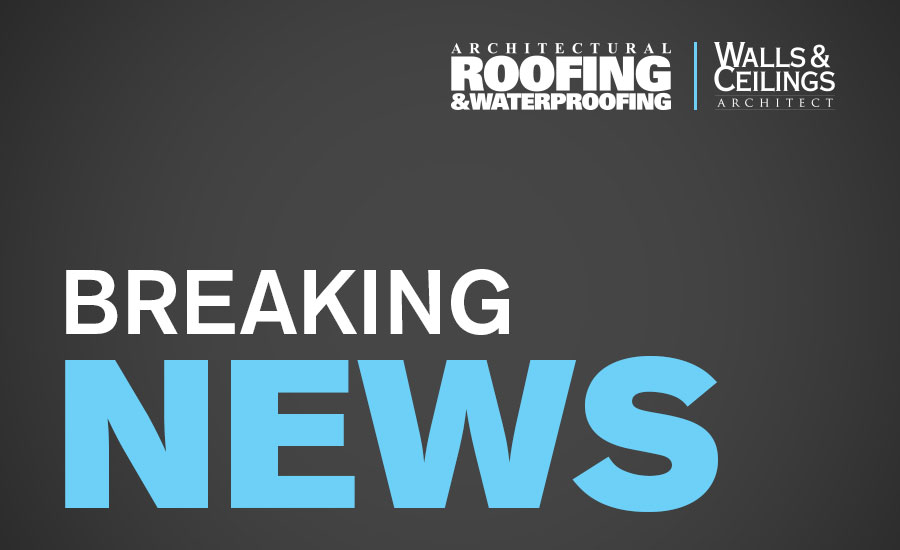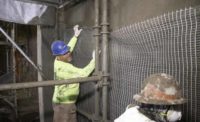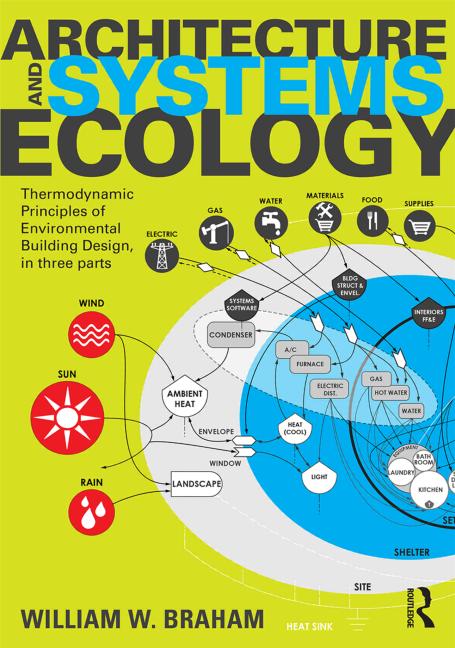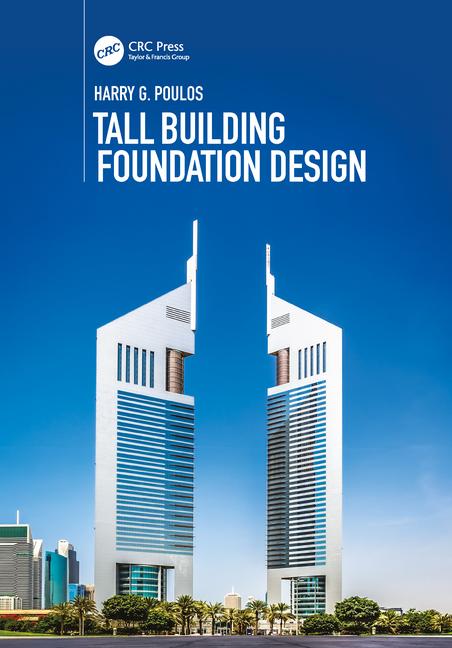PLEASANTON, Calif. — As part of the NEES-Soft project led by Colorado State University, Simpson Strong-Tie and other industry collaborators successfully completed earthquake testing of a Simpson Strong-Tie Strong Frame® special moment frame seismic retrofit of a four-story building during several days of testing from July 24 to August 5 at the University of California San Diego.
The testing was intended to validate the FEMA P-807 guidelines that address seismic retrofit requirements for weak-story, wood-frame buildings in seismically active regions of the United States. The test set up featured a full-scale, four-story wood-frame building with a soft (weak) first story. Simpson Strong-Tie Strong Frame special moment frames were used to retrofit just the first story of the building (the garage area) to see if a lower-cost alternative could minimize building damage during an earthquake. Using the university’s outdoor shake table, the building was subjected to four earthquakes that ranged in magnitude from approximately 3.5 to 6.5.
“After two small shakes and two significantly larger shakes, the building is damaged, but still structurally safe enough for occupancy,” said John van de Lindt, principal investigator on the test and civil engineering professor at Colorado State University. “Earthquakes are particularly damaging to buildings with open spaces at street level and they are prone to collapse at that structurally weak and soft first level even in moderate earthquakes.”
Last April, the City of San Francisco implemented a mandatory soft-story retrofit ordinance requiring evaluation and retrofit for multi-unit soft-story buildings, which includes the option to retrofit using the FEMA P-807 approach. The Simpson Strong-Tie Strong Frame special moment frame was tested based on a retrofit designed in accordance with FEMA P-807. The special moment frame was the only proprietary solution tested for FEMA P-807 in the NEES-Soft project.
“The building tested is like many multi-family buildings in San Francisco built in the mid 1900s,” explained Steve Pryor, project collaborator and International Director of Building Systems for Simpson Strong-Tie. “If not retrofitted, these buildings pose a serious life-safety risk.”
The Strong Frame special moment Frame has patented Yield-Link™ structural fuse technology that is designed to bear the brunt of lateral forces during a seismic event. It is an ideal retrofit solution because it can be installed in existing buildings. The frame’s structural fuses or “links” can also be easily replaced after a seismic event (rather than the entire frame), which is a significant cost savings for building owners.
After the first test series, the upper stories of the building showed negligible damage, due to the Strong Frame fuses in the ground floor frames absorbing the earthquake energy within the frame and keeping the structural integrity of the beams and columns intact. The structural fuses were not replaced between tests, demonstrating their ability to continue to perform during aftershocks.
“The Strong Frame special moment frame performed exactly as we expected,” said Pryor. “We believe this testing demonstrates to building owners that there’s a practical and cost-effective retrofit solution that not only will meet the City of San Francisco’s ordinance, but will also set precedence for other cities with seismic risk.”
The NEES-Soft project is a five-university, multi-industry collaboration led by Colorado State University’s van de Lindt in conjunction with Rensselaer Polytechnic Institute, Cal-Poly Pomona, Western Michigan University and Clemson University. Industry partner Simpson Strong-Tie is a major collaborator on the tests. Van de Lindt, the George T. Abell Professor in Infrastructure in the CSU College of Engineering, obtained the $1.24-million grant from the National Science Foundation for the research, with additional support provided by the U.S. Forest Products Laboratory. The testing is being performed on the Network for Earthquake Engineering Simulation shake table at the NSF shared use facility at the University of California San Diego.
For more information, visit www.strongtie.com.








